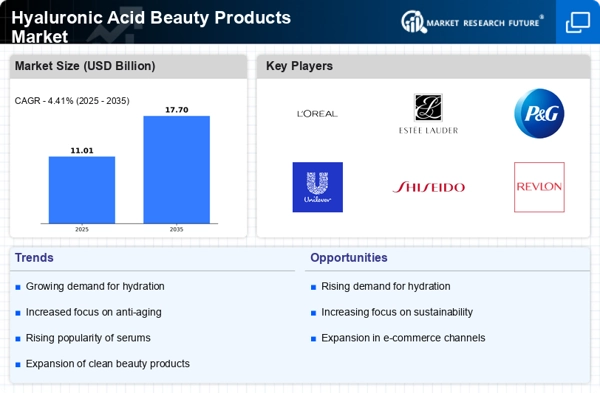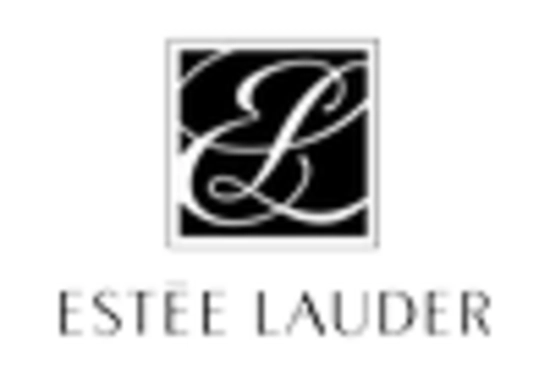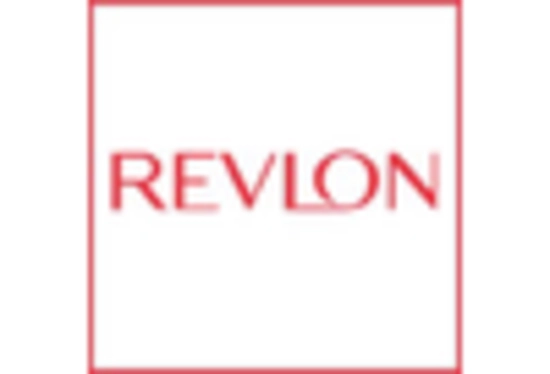Expansion of Retail Channels
The expansion of retail channels is significantly influencing the Hyaluronic Acid Beauty Products Market. With the rise of e-commerce and the increasing presence of beauty products in various retail formats, consumers have greater access to hyaluronic acid-based products. Data indicates that online sales of beauty products have seen substantial growth, with many consumers preferring the convenience of shopping from home. Additionally, brick-and-mortar stores are also adapting by offering specialized sections for skincare, including hyaluronic acid products. This diversification of retail channels is likely to enhance the visibility and availability of products in the Hyaluronic Acid Beauty Products Market, ultimately driving sales.
Growing Demand for Hydration
The increasing awareness of skin hydration has propelled the Hyaluronic Acid Beauty Products Market. Consumers are increasingly seeking products that offer deep hydration, as hyaluronic acid is known for its ability to retain moisture. This trend is particularly evident among millennials and Gen Z, who prioritize skincare routines that enhance skin health. According to recent data, the demand for hydrating products has surged, with a notable increase in sales of serums and moisturizers containing hyaluronic acid. This growing demand is likely to drive innovation in product formulations, leading to a wider variety of offerings in the Hyaluronic Acid Beauty Products Market.
Rising Popularity of Anti-Aging Solutions
The pursuit of youthful skin has led to a significant rise in the popularity of anti-aging products, thereby benefiting the Hyaluronic Acid Beauty Products Market. Hyaluronic acid is often touted for its ability to reduce the appearance of fine lines and wrinkles, making it a key ingredient in many anti-aging formulations. Market data indicates that the anti-aging segment is one of the fastest-growing categories within the beauty industry, with consumers increasingly investing in products that promise visible results. This trend suggests that the Hyaluronic Acid Beauty Products Market will continue to expand as more consumers seek effective solutions for aging skin.
Increased Investment in Research and Development
The Hyaluronic Acid Beauty Products Market is witnessing a surge in investment directed towards research and development. Companies are increasingly focusing on formulating innovative products that enhance the efficacy of hyaluronic acid. This investment is driven by the need to meet consumer demands for high-quality, effective skincare solutions. Recent market analysis suggests that brands that prioritize R&D are more likely to capture market share, as they can offer unique formulations that stand out in a crowded marketplace. This trend indicates a promising future for the Hyaluronic Acid Beauty Products Market, as continuous innovation is essential for sustained growth.
Influence of Social Media and Beauty Influencers
The impact of social media on consumer behavior cannot be overstated, particularly in the context of the Hyaluronic Acid Beauty Products Market. Beauty influencers and content creators play a pivotal role in shaping consumer preferences, often showcasing the benefits of hyaluronic acid in their skincare routines. This has led to a surge in interest and sales of products featuring this ingredient. Data shows that products endorsed by influencers tend to experience a significant boost in sales, indicating that social media marketing strategies are crucial for brands in the Hyaluronic Acid Beauty Products Market. As platforms evolve, the influence of digital marketing will likely continue to grow.


















Leave a Comment